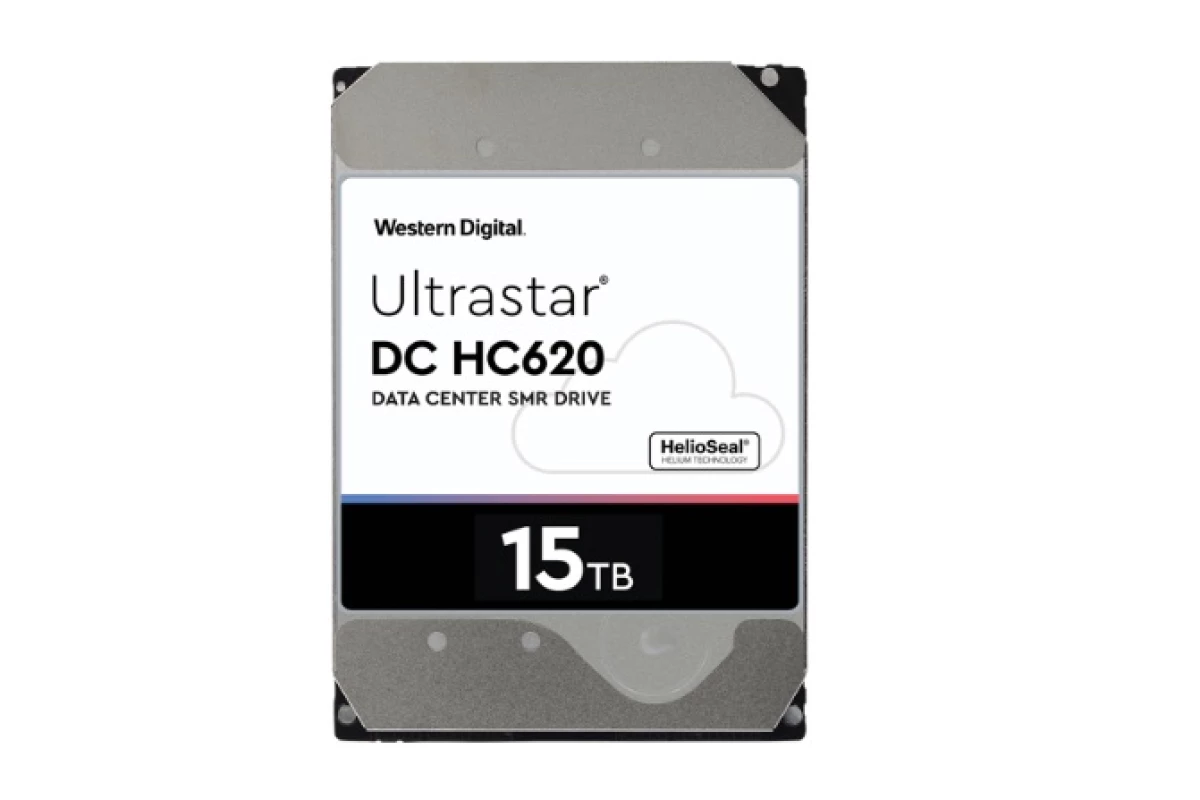Just over a year after launching a 14 TB hard drive for cloud and data centers, Western Digital has added another terabyte of storage space without increasing the physical dimensions for the new Ultrastar DC HC620 HDD.
"Our world is hyper-connected," said Western Digital's Chris Marsh. "The number of connected IoT devices have already exceeded the world's population and we're streaming billions of hours of video every week. Add to that the massive data of video surveillance footage, smart cities and business data, it's not hard to see why the global datasphere is expected to grow to 100 zettabytes in the next five years."
The 15 TB host-managed SMR drive is aimed at hyperscale cloud and traditional data centers, with large video surveillance "smart city" initiatives that stream constantly and typically run for 24/7 being cited as a prime use case example. The HC620 is based on Western Digital's HelioSeal platform – which seals helium inside the drive housing instead of air to reduce friction – and is optimized for sequential writes and areal density.
SMR (Shingled Magnetic Recording) uses an overlapping writing technique to squeeze more bits into a given space by writing data sequentially, then "shingling" (or overlapping) it with another track of data. The drive retains a rack-friendly 3.5-inch form factor, and Western Digital says that installing the new drives will afford big data facilities an extra 60 TB per 4U of rack space compared to the previous 14 TB SMR HDDs.
Product page: Ultrastar DC HC620




